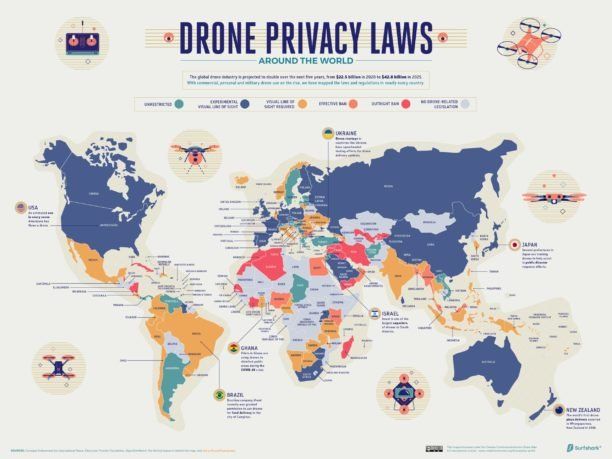Global #connectivity lets for #digitalidentity for billions of people worldwide, giving them access to #telehealth, #education, #careers, #entertainment and #finance services, as well as raising #cybersecurity and #dataprivacy concernsRe-sharing. Starlink can help telemedicine become more reliable and available to people in need. Especially those in rurual or far flung locations.
Video Source/Credit: SpaceX Youtube Channel
One interesting sub-division of SpaceX is Starlink, which is Musk’s venture into increasing global connectivity. Starlink’s mission is to use a global network of low Earth orbit satellites to eventually “deliver high speed broadband internet to locations where access has been unreliable, expensive, or completely unavailable.” While satellite internet itself is not a novel concept, most of the traditional systems use dated technology that have far less capabilities with regards to internet speed, connectivity, and sustainability. Starlink’s goal is to provide high-speed broadband internet, using cutting-edge satellite systems that will also not add to the space pollution created by traditional systems. As of now, the company states that it “is targeting service in the Northern U.S. and Canada in 2020, rapidly expanding to near global coverage of the populated world by 2021.”






